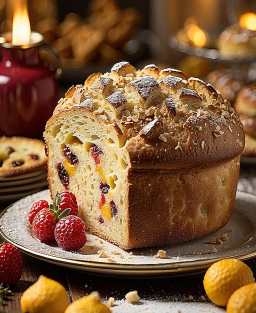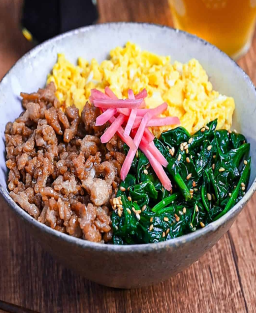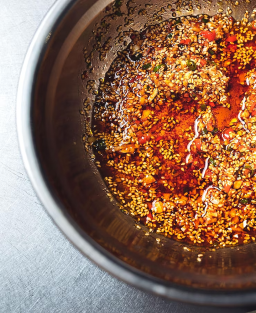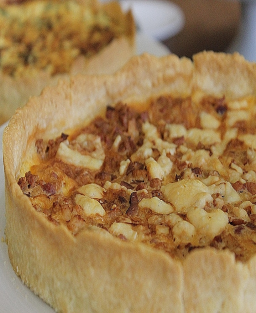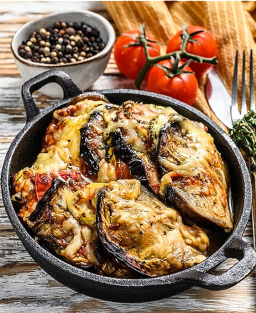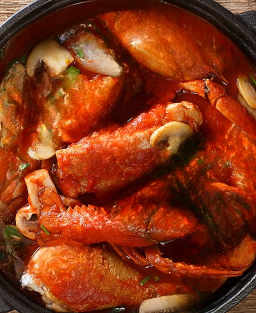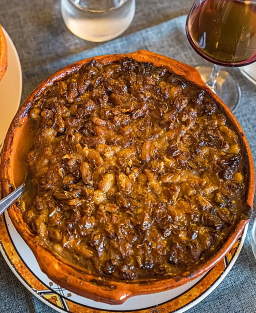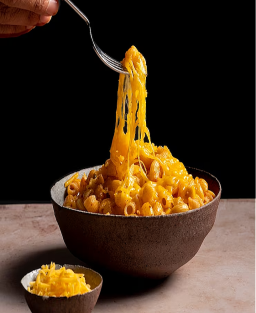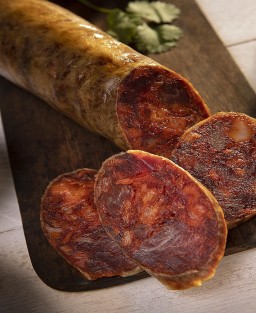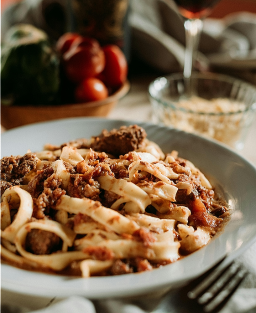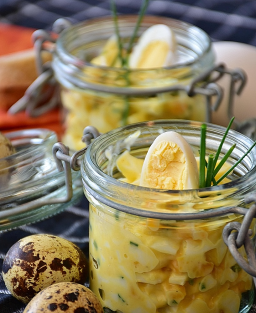- Out-of-Stock
Authentic and Protected Recipe of Traditional Milanese Panettone
Authentic and Protected Recipe of Traditional Milanese Panettone
Defined by the Consorzio del Panettone Tradizionale, guaranteeing quality and artisanal methods
The Panettone is such an iconic pastry in Italy that there is, in fact, a standardized recipe protected by associations and organizations in Italy. The authentic recipe of Panettone is governed by strict rules, and much of its production is overseen by associations such as the Consorzio del Panettone Tradizionale.
The Consorzio del Panettone Tradizionale:
The Consorzio is an organization founded to protect and promote the true recipe of traditional Milanese Panettone. In 2005, it established a set of specifications to guarantee the quality and authenticity of the product. This consortium defines precise standards regarding the ingredients, preparation method, and fermentation process, ensuring that a Panettone is considered "traditional."
The History of Panettone:
The history of Panettone is fascinating and full of legends and traditions that go back several centuries. It is one of Italy’s most iconic desserts, particularly associated with Milan and the end-of-year celebrations, but its exact origin is subject to debate. Below are the main versions and historical elements that shape the story of this cake:
Origins of Panettone:
There are several theories about the origin of Panettone, but they all focus primarily on the city of Milan, where it became an undisputed specialty.
1. The Legend of Panettone and "Toni":
One of the most popular legends tells that Panettone was created by a young pastry chef named Antonio (or "Toni" in Italian). He worked for a nobleman in Milan, and one day he accidentally burnt a cake he was preparing for a grand banquet. To save the situation, he improvised by creating a new cake using available ingredients: eggs, butter, flour, sugar, and candied fruits. The cake was so successful that it was called "Pan de Toni" (Toni's bread). Over time, this name evolved into "Panettone".
2. The Origin of the "Leneri" Cake:
Another version suggests that Panettone may date back to the Middle Ages when Milanese bakers made a sweet bread with candied fruits and raisins, similar to an ancient version of Panettone. This cake was sometimes called "Leneri", which members of the Milanese nobility served at Christmas feasts. This cake would have evolved over time, and by the 19th century, it took the modern shape we know today.
3. The Story of Panettone’s Renaissance:
In the 19th century, it was a Milanese pastry chef, Giacomo Alemagna, who really helped popularize Panettone, making it famous beyond Milan. His commercial influence made the cake a symbol, particularly during the Christmas holiday period.
Panettone in the 20th Century and Beyond:
From the 20th century, Panettone crossed Italy’s borders to become a Christmas symbol in many other regions of the world, especially in Latin America, where Italian communities played an important role in spreading it. Over time, it evolved to include many variations: from the classic Panettone to more modern flavors like chocolate, coffee, or mascarpone cream.
The industrialization of Panettone took place in the 1950s-1960s, with large brands such as Motta and Bauli contributing to its mass production. However, this shift toward industrial production sparked debates over the quality of commercial Panettone compared to the artisanal variety.
The Protection of Traditional Panettone:
With industrialization came a growing awareness of the importance of preserving the traditional recipe of Panettone. In 2005, a group of Milanese pastry chefs founded the Consorzio del Panettone Tradizionale to protect the authenticity of the product, ensuring that only handmade Panettones, with long fermentation methods and high-quality ingredients, can carry this name.
Panettone Today:
Today, Panettone is a respected product worldwide and is an essential part of Christmas celebrations. Italian families continue to share it during the holidays, often paired with a glass of sweet wine or sparkling wine. It has also become a base for modern culinary creations, such as truffles or Panettone-flavored ice cream.
Therefore, Panettone is much more than just a cake—it's a symbol of long-standing tradition, from popular legends to contemporary efforts to preserve its artisanal and authentic character. It is a true emblem of Italian gastronomic culture.
Some Interesting Facts:
-
Christmas Tradition: Panettone is traditionally served during the Christmas holidays in Italy, but also in Switzerland, Argentina, Brazil, and Chile, where Italian communities introduced it.
-
Panettone and Global Trade: It is one of the most exported cakes from Italy, with millions of pieces sold each year, especially around the holidays.
-
A "Difficult" Cake to Make: Due to its long fermentation and meticulous preparation, Panettone is often seen as a culinary challenge.
Traditional Panettone Recipe (According to the Consorzio)
Although every pastry chef may add their personal touch, the base recipe for traditional Milanese Panettone must meet specific criteria.
Ingredients:
-
Wheat flour (type 00 flour, the finest)
-
Sugar
-
Eggs
-
Butter (high-quality butter, usually unsalted)
-
Natural yeast (sourdough, a slow fermentation process that can take several hours or even days)
-
Raisins (usually high-quality raisins)
-
Candied fruits (mainly orange and lemon, sometimes candied cherries or citrus zest)
-
Salt
-
Vanilla extract (or vanilla bean)
-
Water
Preparation Method:
-
Preparing the yeast:
Yeast is the key element in Panettone, and its preparation can take several days. The natural sourdough is fed with flour and water before being used in the dough. -
Starter dough (autolyse):
The flour is mixed with water to form a homogeneous dough. It should rest to allow the flour to absorb the moisture. -
Kneading and fermentation:
Sugar, salt, eggs, and butter are added to the dough. Long, careful kneading is essential to achieve the airy and fluffy texture of the Panettone. After that, the dough must ferment for several hours in a controlled temperature, allowing the yeast to work and making the dough light. -
Adding the candied fruits:
After the first fermentation, the raisins and candied fruits are gently incorporated into the dough. They are often coated with flour to prevent them from sinking to the bottom of the cake during baking. -
Baking:
The dough is placed in special paper molds and then baked at a low temperature. The baking process takes a long time (around 3 hours) and occurs at a relatively low temperature (between 160°C and 180°C) so that the Panettone rises slowly and is fully cooked inside without burning on the outside. -
Cooling:
The Panettone is then cooled by hanging it upside down, which helps maintain its tall shape and prevents it from collapsing as it cools.
Regulation:
The Panettone from the Consorzio must follow these steps with high-quality ingredients and long fermentation. The Panettone Artigianale Tradizionale (Traditional Artisanal Panettone) must be handmade, without artificial additives, and undergo slow fermentation for several hours, sometimes up to 48 hours. This guarantees the authentic taste and light texture.
DOP Certification (Protected Designation of Origin):
Although Panettone itself does not have a DOP (Protected Designation of Origin) certification, there are initiatives to protect it as a traditional and high-quality product. The Consorzio works towards this by certifying producers who follow the strict production rules.
Conclusion:
The Panettone recipe defined by the Consorzio del Panettone Tradizionale is much more than just a recipe—it's a guarantee of quality, history, and tradition. If you want an authentic artisanal Panettone, looking for the seal of this consortium or certified manufacturers is a great idea.












